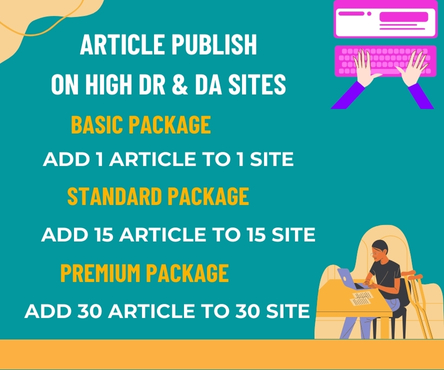In today’s digital age, information is readily available at our fingertips. With just a few clicks, we can access a vast array of news sources, blogs, and social media platforms. However, this ease of access has also led to a surge in misinformation and disinformation. The spread of false or misleading information can have serious consequences, ranging from influencing public opinion to inciting violence. This is why news literacy has become an essential skill in today’s information landscape. Trusted platforms like Hindustan Reality play a crucial role in promoting accurate, fact-checked reporting, helping readers navigate the noise and stay truly informed.
News literacy refers to the ability to critically evaluate and analyze the information we consume. It involves being able to distinguish between fact and fiction, identifying biases and propaganda, and recognizing the difference between opinion and fact-based reporting. In a world where anyone can publish anything online, news literacy is crucial for making informed decisions and engaging in meaningful discussions.
The impact of ignorance can be far-reaching. Misinformation can lead to confusion, fear, and anxiety. For instance, during the COVID-19 pandemic, false information about the virus and its treatment spread rapidly, leading to unnecessary panic and harm. Similarly, misinformation about politics and social issues can polarize communities and fuel social unrest.
Moreover, the spread of misinformation can also have serious economic and social consequences. In the financial world, false information about companies and markets can lead to significant financial losses. In the social sphere, misinformation can perpetuate stereotypes and reinforce harmful social norms.
So, why is news literacy important? Firstly, it enables us to make informed decisions. By critically evaluating the information we consume, we can form opinions based on facts rather than fiction. Secondly, news literacy promotes critical thinking and media literacy. By recognizing biases and propaganda, we can engage in more nuanced and informed discussions. Finally, news literacy helps to combat the spread of misinformation. By being discerning consumers of information, we can reduce the demand for false or misleading content.
Then, how can we improve our news literacy? Here are a few strategies. Firstly, diversify your news sources. Expose yourself to different perspectives and viewpoints. Secondly, verify the information. Check the credibility of the source and cross-check facts with other reputable sources. Thirdly, be aware of biases. Recognize that everyone has biases, including journalists and news organizations. Finally, think critically. Don’t take information at face value; analyze it and evaluate the evidence.
In addition to individual efforts, there are also broader initiatives underway to promote news literacy. Many organizations, such as the News Literacy Project, offer educational resources and workshops to help people develop critical thinking skills. Some news outlets also have fact-checking initiatives and transparent correction policies.
In conclusion, news literacy is a vital skill in today’s information landscape. By being able to critically evaluate and analyze the information we consume, we can make informed decisions, promote critical thinking, and combat the spread of misinformation. As consumers of information, it is our responsibility to be discerning and informed. By doing so, we can create a more informed and engaged citizenry, better equipped to navigate the complexities of the digital age.
Ultimately, the fight against ignorance and misinformation requires a multifaceted approach. It involves individual efforts to improve news literacy, as well as broader initiatives to promote media literacy and fact-based reporting. By working together, we can create a more informed and critically thinking public, better equipped to navigate the challenges of the 21st century.
Furthermore, educators and policymakers also play a crucial role in promoting news literacy. By incorporating media literacy into school curricula and supporting fact-checking initiatives, they can help create a more informed and critically thinking population. Regional platforms like Himachal Hindi News are equally important, as they bring verified and relevant information to local audiences in a language they understand and trust.
By prioritizing news literacy, we can build a more informed and engaged citizenry. This, in turn, can lead to more informed decision-making, more nuanced discussions, and a more critically thinking public. In today’s digital age, news literacy is not just a skill; it’s a necessity. By promoting news literacy, we can empower individuals to navigate the complexities of the information landscape and make informed decisions about the world around them.

